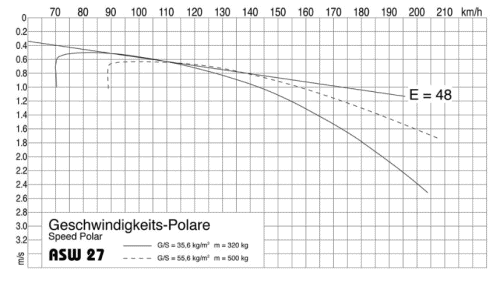LongRoadBob
Cleared for Takeoff
Not sure I’m getting all this pilot is telling. He is doing some practical tests to find best glide. In the video he mentions that “best glide is not affected by weight, it’s angle of attack” and he tries or finds out for himself what best glide is at no flaps to full flaps incrementally. Just wondering what pilots here think about this, and his claims.


